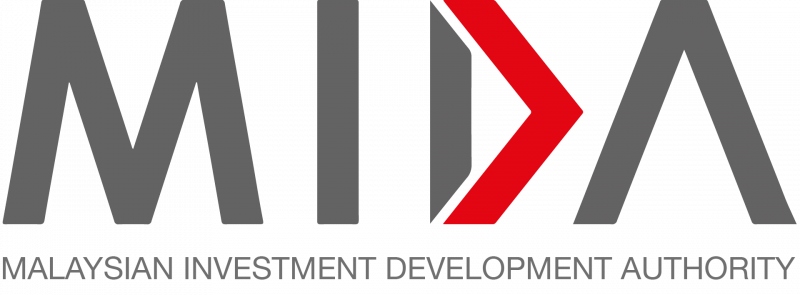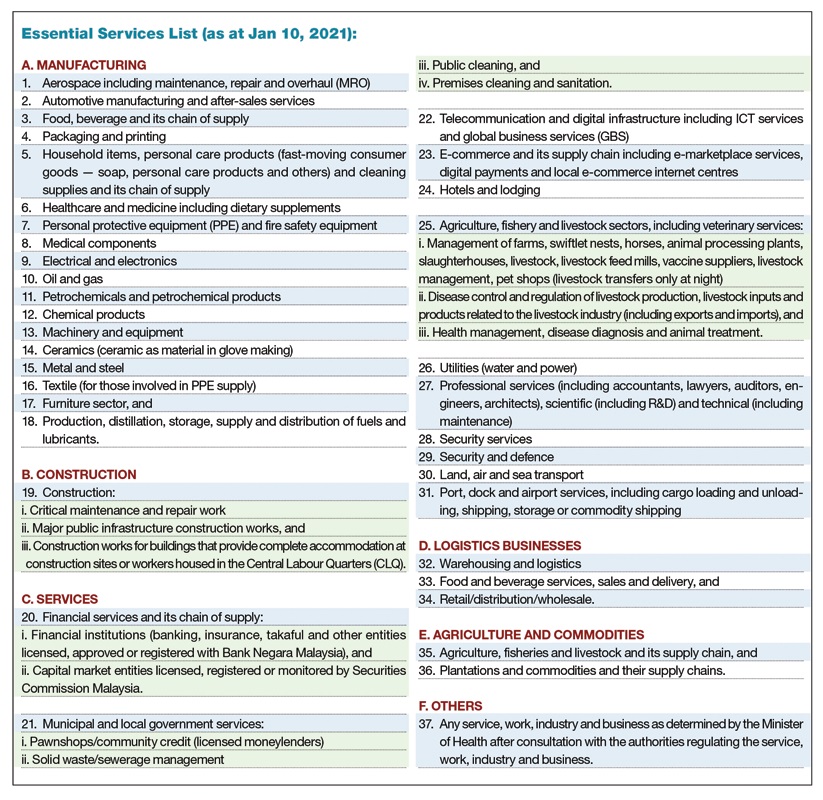Malaysia’s economy is expected to rebound faster once the country has successfully controlled and alleviated the spread of the Covid-19 pandemic, says Finance Minister Tengku Datuk Seri Zafrul Abdul Aziz.
He said this expectation is based on the effective lockdown index, whereby an international consultant had predicted that Malaysia is among the three countries with the most room to control and alleviate the Covid-19 pandemic in 2021.
The Finance Minister also quoted a news report from an international media company which ranked Malaysia as the fifth key investment and business destination among the world’s developing economies for 2021, surpassing China, the Philippines, India and Indonesia.
“This is based on the potential for rapid economic recovery, as well as the country’s stable fiscal and financial position, among others,” he said in the 35th Implementation and Coordination Unit Between National Agencies (Laksana) Report today.
He also cited a report by an international consulting firm which concluded that Kuala Lumpur remains attractive to the international business community, due to factors such as integrated infrastructure facilities, diversity and quality of human resource, as well as the country’s readiness in adopting digital technology.
“While the government is planning the nation’s economic journey post-Covid-19, certainly any decision must balance between existing resource management, as well as positive or multiplier impact in the short and long term.
“This approach will continue to be practised by the Ministry of Finance in the formulation of each policy,” he added.,”
Source: Bernama
Malaysia’s economy to rebound faster once Covid-19 successfully controlled
Content Type:
Duration:



